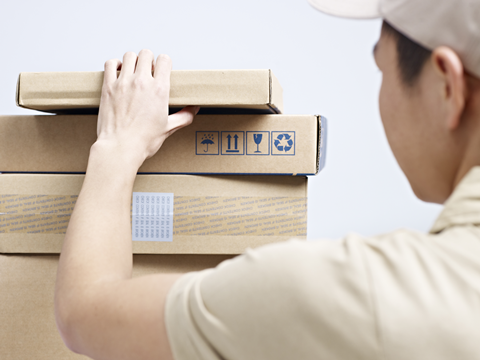
Hoped to guide businesses into rethinking their e-commerce packaging for environmental benefits, a set of guidelines have been released by the Singapore Manufacturing Federation, Singapore Post, and the National Environment Agency’s Alliance for Action on Packaging Waste Reduction for the E-Commerce Sector.
This alliance constitutes fourteen experts, organizations, marketplaces, retailers, and packaging producers across the e-commerce supply chain, from L’Oréal to Amazon to WWF Singapore.
According to the Alliance, around 186,000 parcels were delivered in Singapore every day in 2023; this was believed to generate up to 15,900 tonnes of mailing packaging.
In line with Singapore’s Zero Waste Masterplan, the Guidelines on Sustainable E-commerce Packaging seek to help stakeholders across the value chain, including businesses and consumers, manage their packaging materials responsibly and cut down on waste.
A ‘comprehensive’ list of concrete solutions to reduce, reuse, and recycle (3R) has been tailored to different types of e-commerce packaging, such as cardboard boxes, mailers, and fillers. Each offers step-by-step actions for businesses to take, the benefits and drawbacks they might face, and the estimated effort, cost, and environmental impact – enabling users to choose the right solution for their needs.
For instance, the guidelines suggest seven reduction solutions for cardboard boxes, which range from avoiding empty space by providing a broader range of box sizes, to switching to alternative, lighter packaging.
Furthermore, the guidelines feature operating models for e-commerce marketplaces to promote sustainability-minded packaging to consumers, as well as raise awareness and responsibility among suppliers. They also come with a scorecard, with which company leaders can assess their packaging management practices and identify areas for improvement.
Real-world case studies reportedly suggest that companies could reduce their packaging consumption by up to 90% through methods such as replacing a corrugated cardboard box with a similarly-sized paper mailer.
By delivering its products faster, Alliance member Sealed Air apparently found that it could cut down on its protective packaging and streamline the amount of material used in its plastic and paper mailers by 30-50%.
Similarly, Watsons Singapore claims to have lowered its bubble wrap usage and saved 5-10% of its packaging costs by shredding its cardboard boxes for reuse as filler material.
The Singapore Manufacturing Federation administers a Packaging Partnership Programme, which will organize workshops and promote the adoption of the guidelines among businesses.
Earlier this year, Together for Sustainability updated its ‘drop-in’ Product Carbon Footprint (PCF) Guideline to help chemical industry players calculate their Scope 3 emissions and lower their carbon footprints in line with the expectations of the Paris Agreement, the EU’s Corporate Sustainability Reporting Directive, and more.
The Alliance to End Plastic Waste also released a Solution Model playbook for converting mixed plastic waste into products of value; this is hoped to minimize investment and technology requirements, keeping the measures accessible for countries with less developed recycling systems.
If you liked this story, you might also enjoy:
The ultimate guide to the Packaging and Packaging Waste Regulation in 2024
How are the top brands progressing on packaging sustainability?
Sustainable Innovation Report 2024: Current trends and future priorities
Everything you need to know about global plastic sustainability regulation

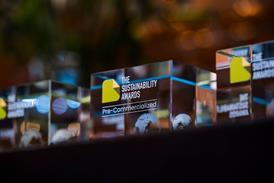

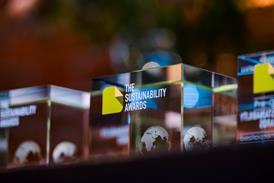
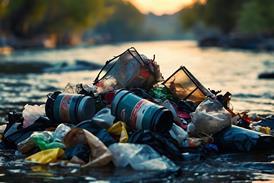
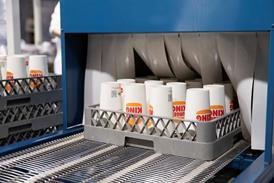












No comments yet